Mainline Articles
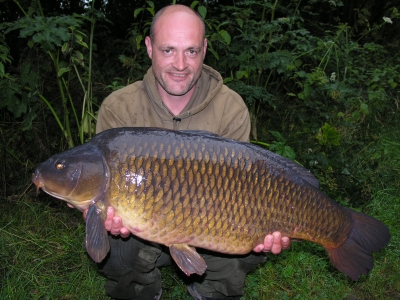
ON THE SPOT Posted by Matt Eaton
Much of my fishing, particularly through the winter and spring months, is single hookbait fishing or casting to areas rather than spots. That said for the majority of the summer and at other times, depending upon the venue, I find myself fishing to spots. When I say fishing to spots I am referring to fishing that requires accurate casting. This could be when fishing to a multitude of underwater features such as gravel patches, bars, clay spots, silt pockets, humps, shelves or plateaux. There is one particular scenario that necessitates spot fishing on a regular basis and that is when on a weedy venue. Holes in weed can be very productive places to fish and on particularly weedy lakes virtually the only place that a bait can be presented effectively - Matt Eaton
Accuracy is vital when trying to drop a bait onto a tiny clear spot. It can take a couple of hours, sometimes, to get a drop with a lead in a weed infested swim and, having located somewhere to present your hookbait, you need to be able to drop into the same hole every cast. You may find yourself fishing to a gap in a gravel bar that provides a natural larder, in which case it is important to be confident that you can cast a rig into the gap where the carp are confident feeding.
When I am fishing in open water, with boilies, I am likely to be fishing with a spread of bait and the need for pinpoint accuracy is reduced, however, on a venue that responds well to particle fishing that all changes. When using smaller food items like hemp, parti-blend, pellet or corn to get the fish feeding I am attempting to get the fish grazing over a small area, hoovering up the tiny morsels rather than picking up a bait and moving on to the next one. In this scenario I need to make sure that my free bait is delivered as tightly as possible so as to give myself the best chance of achieving preoccupation. In addition not only do I need to make sure that my hookbait is landing on the baited area but I want to try and get it on the near side so that no line is running through the feeding area.
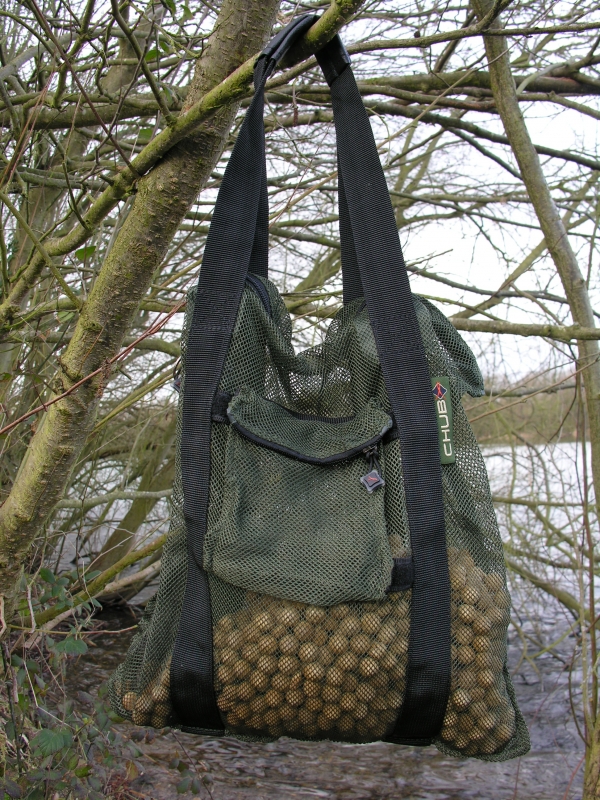
So, having established the type of situation in which we need to place our baits with a degree of precision, how do we go about it? There are a number of ways in which to achieve our aim and a number of tools in our armoury that we can employ to assist us.
The line clip on my reel spool is a great benefit in casting an exact distance and I use it for almost every cast I make, regardless of distance. Its use has the added bonus of braking the end tackle and throwing the hook out prior to entering the water leading to a reduction in the number of tangles. Other vital items that will assist are pole elastic, dissolving foam and a notebook.
It is important to be consistent with the style of cast employed. That way, once the lead has hit the water the distance the lead travels back towards the angler will be similar on each cast, be it with a marker float, bare lead or baited rig. Once my lead hits the surface I always sweep the rod up to take the power out of the lead and remove any stretch in the line allowing it to fall through the water under its own steam. Whilst sweeping it up to 30, 45 or 60 degrees would be sufficient I always bring it to vertical purely because I am able to see that the rod is in the same place every time and other angles would be far more difficult to measure by eye. Once in this position I keep in contact with the lead by slowly dropping the tip and feeling the lead down. The slower the tip is dropped the more the lead will swing in towards you so this speed too, must to be similar with each cast.
I tend to use a bare lead, rather than a marker, to locate a spot in the first instance, and usually carry an extra rod purely for this purpose. It will cause less disturbance when cast repeatedly, the feel of the drop will be more pronounced and it is less prone to becoming bogged down with weed. Having found my spot I make a note of a feature on the horizon such as a tree, pylon or whatever the cast happens to line up with. If it is a swim that is likely to be fished in the future it can be worthwhile taking a photo of the tree line, printing it at a later date and marking any trees that should be aimed at. I then clip the braid into the line clip on the spool so that, after sweeping the rod back to vertical and letting the lead fall on a tight line, it lands, bang on, where I wish my presentation to be.
I now have a fixed position on the leading rod and can use this as a guide for the fishing rod, marker rod or spod rod. There are two ways to transfer this measurement to other rods. The first is a simple matter of walking the line out along the bank until the line hits the clip and marking both the lead and spool with pegs or sticks pushed into the ground. You can use these marks for both your fishing and marker rods and, provided you cast in the same manner, they should all hit the bottom within a very small area. This is not always possible though, as there may not be an area near the swim that is large enough to walk out the lead.
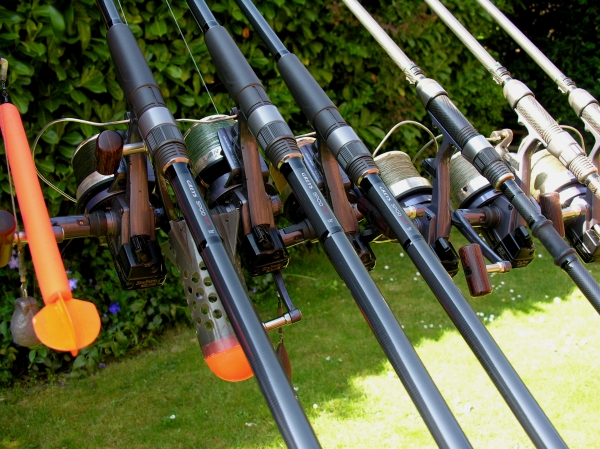
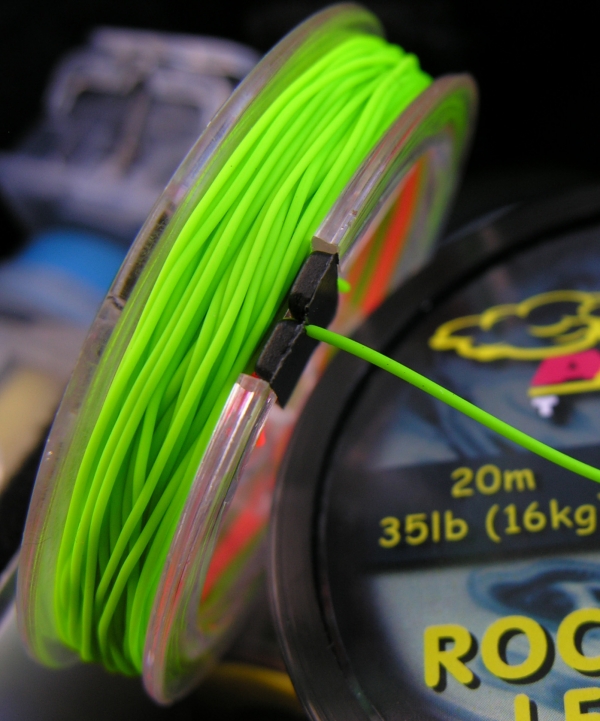
If you wish to put a marker on the spot, to aid baiting up, you can use either of the methods and use the same number of turns or the same sticks/pegs. If you used your marker rod to locate the spot initially you will merely have to clip the float back on and recast. With the float out it is easy to check just how accurate you are with you rig. A piece of dissolving foam can be attached to the hook and cast out. Once it detaches and it hits the surface it will be visible and you will be able to judge whether or not you are being precise enough with the positioning of your trap
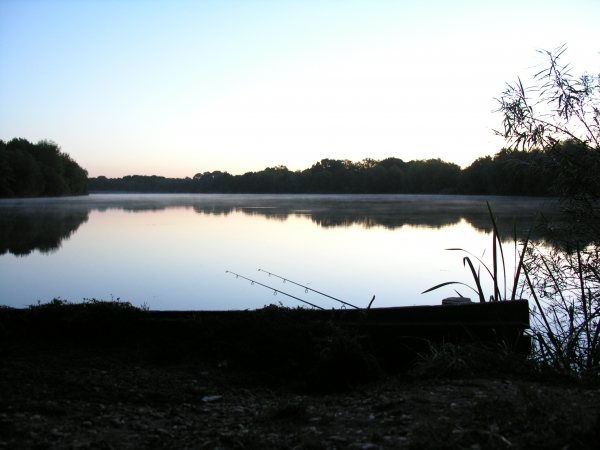
The spod rod will need to be clipped slightly shorter as it is not possible to sweep the rod back after the cast before any bait is dropped. This distance will depend on the depth of water being fished. I like to have most of my free bait just beyond the hookbait to minimise the amount of line in the feeding area so I try to land the spod about three feet behind the marker. To achieve this in shallow water clip the spod rod six feet shorter than the others, in six feet of water clip it eight feet short and in a depth of twelve feet you need to clip up ten feet short.
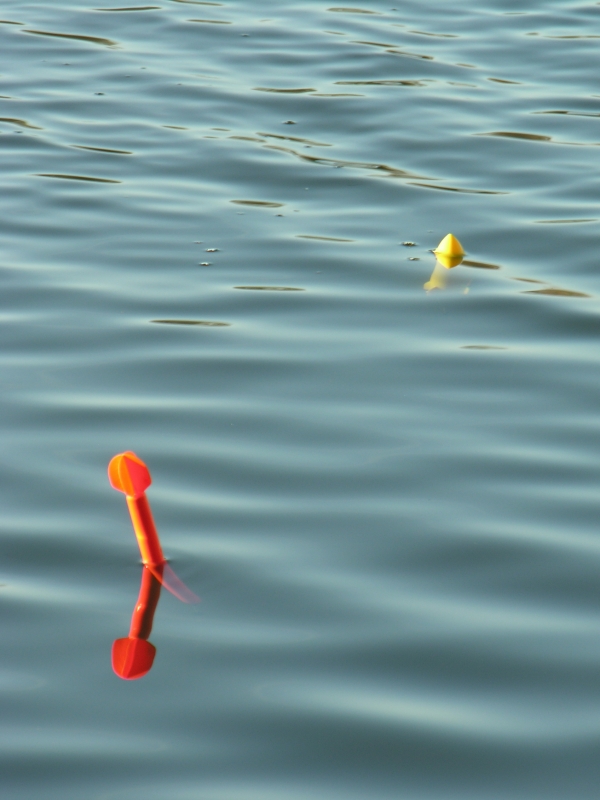
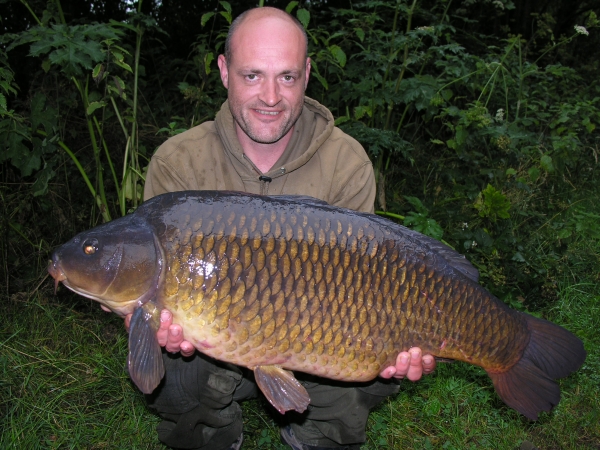
Share this article
Share this article
About Author
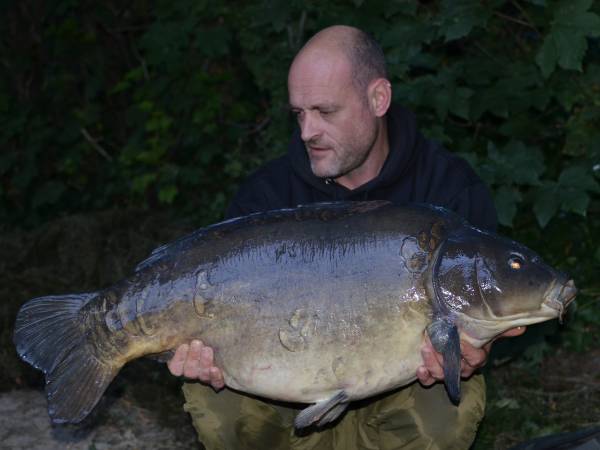
I have been fishing for more than thirty years with the last twenty being dedicated solely to carp angling. My early fishing was match orientated where I managed to win a number of club championships and represented my club at National level.
Carp fishing has always been a part o... Find out more
articles by Matt Eaton
- Matt Eatons Mainline Blog Oct 2012 Posted
- Matts Blog September 2012 Posted
- Bait Favourites Posted
- Matt Eatons Mainline Blog March 2012 Posted
- ENHANCED THOUGHTS Posted
- Matt Eatons Mainline Blog Oct 2011 Posted
- ON THE SPOT Posted


